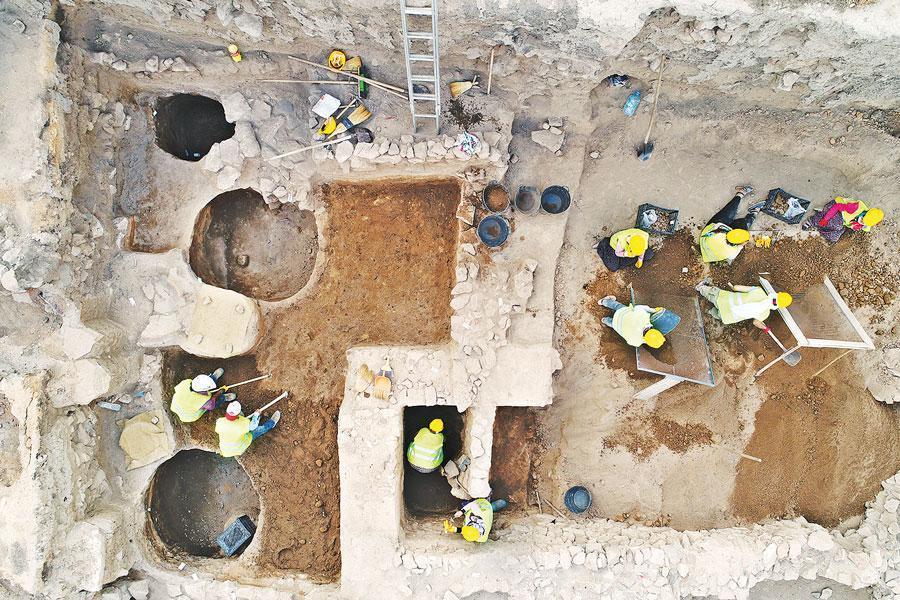
The site of Kültepe, which was the capital of the ancient Kingdom of Kanesh, located 20 kilometers to central Anatolian province of Kayseri, was included in the UNESCO Tentative List of World Heritage on April 15, 2014.
According to the UNESCO website, Kültepe became a “key center” of culture and commerce between Anatolia, Syria, and Mesopotamia by the end of the third millennium B.C. and during the first quarter of the second millennium B.C.
Fikri Kulakoğlu, professor of archeology at Ankara University and head of the excavation team, told Anadolu Agency that the excavations have been ongoing since 1948.
“Kültepe has been protected under the roof of UNESCO thanks to its cuneiform tablets, other artifacts and fields where the Assyrian traders had their homes. On the other hand, Kültepe tablets and the archives of Assyrian traders belong to private individuals and they shed light on the history of Anatolia, Mesopotamia, and Syria. These archives were the fifth collection from Turkey when they were included in the tentative list of UNESCO,” said Kulakoğlu, stating that Kültepe was too rich in terms of artifacts and kiln tablets.
“Our aim is to add Kültepe to the permanent list. Of course, this cannot be achieved only with archaeologists,” Kulakoğlu said.
He added Turkish Culture and Tourism Ministry and Metropolitan Municipality of Kayseri “strongly” supported them.
“This year, we will complete the file and submit it. Maybe next year or the other year, this issue will be considered,” he said.
Kulakoğlu said Kültepe with its peculiarities can easily be added to the UNESCO World Heritage list.
According to UNESCO, scientific archaeological excavations at the site have uncovered a series of “highly important” monumental administrative structures as well as private dwellings.
A total of 23,500 clay tablets, which are the earliest written documents of ancient Anatolian history, have been found during the excavations.
“Life, society and economy at this site, even the family affairs and personal relationships of its inhabitants, were recorded on clay tablets in the Old Assyrian dialect of the Akkadian language using the cuneiform [wedge-shaped] script, the knowledge of which came into Anatolia with Assyrian merchants,” it added.